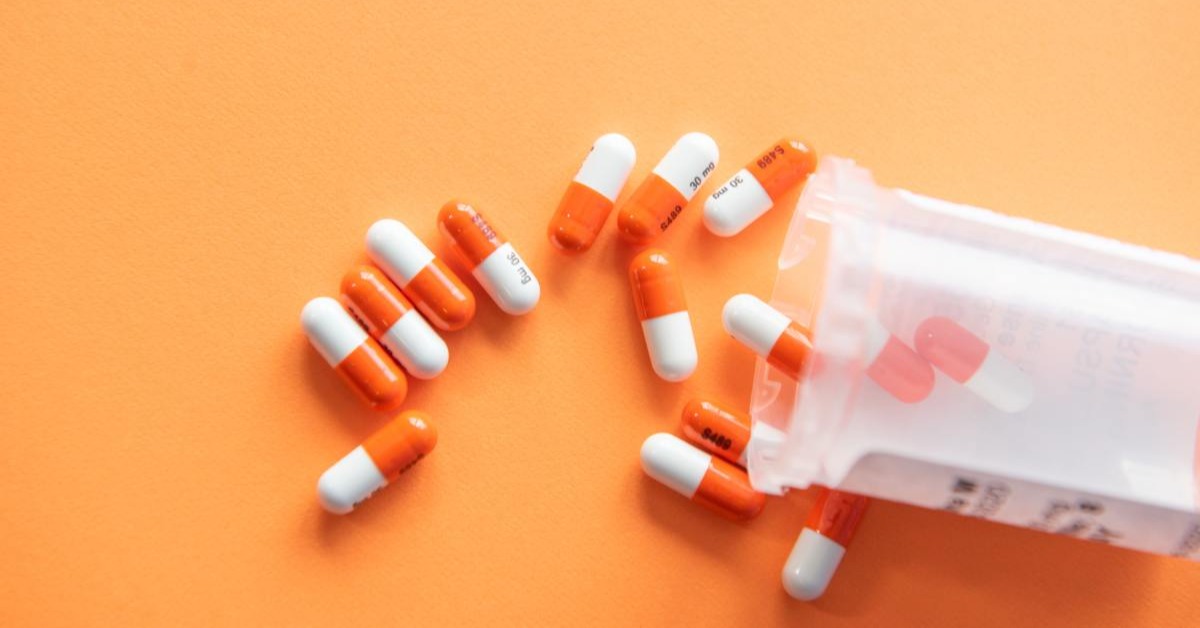
What is a 6-Year BS/PharmD Program?
Becoming a pharmacist requires a good deal of schooling: a [...]

Most people associate the term “medical doctor” with physicians. To them, earning a doctorate and working in medicine involves extensive and arduous training, starting with undergraduate and medical school and proceeding to challenging post-graduate and residency requirements.
Indeed, earning an MD can take between ten and fourteen years of full-time education that includes a bachelor’s degree, medical school, and years of patient care training in the field. You’ll also likely incur significant debt in the process.
There are, however, many alternate medical and nursing career paths within the healthcare system that are in high demand, command high salaries, take far less time to reach licensure, and culminate in a doctoral degree. A Doctor of Pharmacy is traditionally a four-year program that builds off only two to four years of pre-professional coursework.
In other words, you can join a pharmacy practice in as little as six years if you choose. But what happens during those six years? And what can you expect after graduation?
In this article, we’ll focus on the time commitment required by most colleges of pharmacy and how to launch your pharmacist career in half the time as a traditional medical path. We’ll discuss:
For obvious reasons, pharmaceutics is closely regulated in the United States. Highly trained pharmacy candidates must pass both federal and state licensure exams before they can wear that white coat and dispense medications behind your pharmacy counter.
A Doctor of Pharmacy degree (PharmD) is the only degree you can earn that qualifies you to to sit for the licensure exam. Further, you must earn this degree from a school of pharmacy approved by the Accreditation Council for Pharmacy Education (ACPE)). Like an MD pathway, the journey to a PharmD occurs in several stages. Students traditionally begin in a pre-pharmacy program or complete a bachelor’s degree in a related major before applying for their PharmD.
The PharmD degree combines high-level coursework and experiential training. Pharmacy practice experience can begin as early as the end of the first year and becomes the primary focus by graduation.
A Doctor of Pharmacy almost always takes four years to complete. You will occasionally encounter a three-year accelerated program, but four is the norm.
Keep in mind that pharmacy students must meet a strict set of admission requirements before they can start the four years toward a PharmD. To check these boxes, candidates either earn Advance Placement (AP) and International Baccalaureate (IB) credits in high school, complete courses in their undergraduate program, or enroll in a six-year pharmacy track.
The six-year program accepts students in their pre-professional stage. These programs often are referred to as 0-6 programs. Candidates complete prerequisite coursework in the first two or three years before transitioning directly into the four years of professional training. If students take this route, they may be able to skip the Pharmacy College Admissions Test (PCAT).
Many PharmD students complete post-doctoral residencies or fellowships to pursue a specialty or work on a specific research project. While these residency programs are separate from the degree program, they do add the total number of years in training a pharmacist can undergo.
PharmD programs emphasize experiential education. When you’re narrowing down your top choices, take a look at how a school breaks up classwork and hands-on experience.
Butler University, for example, divides its program into traditional coursework, introductory experience hours, and advanced experience hours. By the fourth professional year, students complete 10 rotations in their chosen specialties.
The structure of your education may vary if you opt for a dual degree or an online program. A dual degree in business or public health may take the same four years but might focus on experiential work solely in the final academic year. An online program—as we’ll explore below—may space out in-person requirements to create a more flexible schedule for their pharmacy students.
The PharmD combo of classes and hands-on experience all leads to the culminating North American Pharmacist Licensure Examination (NAPLEX). Afterward, students may need to pass state exams as well to complete the licensing process.
The vast majority of students enter pharmacy school right out of high school or undergrad, so they tend to be in their mid-20s. As of 2020, PharmD programs have tended to skew female, according to the American Association of Colleges of Pharmacy (AACP)—more than 64 percent of enrolled students were women.
Since many schools attempt to streamline enrollment right out of pre-pharmacy school, only a small percentage of PharmD students have a BS in pharmacy beforehand.
This doesn’t mean that you won’t qualify for the program if you took a break during your higher education journey. Many admissions programs require only that students have taken the prerequisite courses within the past five years.
Prerequisite courses play the largest role in qualifying for a PharmD program. Since the curriculum is fast-paced, it’s important that each cohort of students has the same foundational knowledge from day one.
The University of North Carolina at Chapel Hill, for example, requires a mix of chemistry, biology, physics, math, and statistics courses. If you do not have an undergraduate degree, the school also requires a list of general education courses both in and outside the health sciences before you can enter their program.
The PharmCAS application, accepted by most schools of pharmacy, allows students to streamline their application process in one place for the majority of today’s top schools.
While PharmD curricula vary by school, you will find some similarities. The first year to two years typically lay a foundation of biopharmaceutical, medicinal chemistry, and other related subjects, for example.
Students then advance to areas tailored to their specialty, such as ambulatory care, nuclear pharmaceuticals, or pharmacology. The University of Maryland introduces policy and industry topics, including infectious disease therapeutics, disease prevention, and clinical skill training.
Electives allow students to then explore possible specialties after graduation, whether they work in community pharmacies or elsewhere. Some of UMD’s topics include IPE medication management in mental health, medical cannabis science and therapeutics, and effective leadership and advocacy.
Specialization is at the heart of a PharmD education. Some universities offer concentrations that serve at-risk communities or unique areas of pharmacology. Others offer dual degrees that pair a PharmD with an MD, Master of Business Administration (MBA), or Master of Public Health (MPH). Schools like Butler University offer a Spanish-speaking concentration as well.
Four universities top US News & World Report’s 2021’s list of best PharmD programs. Each school stands out for unique reasons, but each boasts competitive residency placement stats, high NAPLEX pass rates, and extensive industry relationships.
Not only does UNC top the US charts, but it also comes in fourth place in major global rankings. More than 80 percent of students are accepted to their first or second choice after graduation in fields such as managed care, government regulatory positions, and work in community pharmacies. The program takes four years to complete and culminates in advanced practice and elective courses.
Take advantage of this rare three-year program if you’re seeking a fast-paced, rigorous curriculum. UC San Francisco combines foundation courses, patient-care skills, integrated therapeutic themes, pharmacy experiences, and a collaborative team research project.
UM at Ann Arbor stands out for its small class size and multi-year research projects that prepare students for their NAPLEX and post-grad residencies. The program takes four years to complete after pre-pharmacy school. The majority of students continue to further specialized training after graduation.
The University of Minnesota has a 99 percent graduation rate and 97 percent NAPLEX passing rate. Its customizable curriculum incorporates courses from five departments, allowing students to concentrate further in areas like mental health, research, and leadership. The program takes four years to complete.
Pharmacy Times recently reported that online PharmD programs are on the rise. Schools like Duquesne University and Butler University offer hybrid options. The majority of classes can be completed online supplemented by an in-person requirement either on campus or at a local medical center.
The PharmD pathway may be demanding but its accelerated schedule means that you could be on your way to a six-figure career in under eight years. And with a balance of hands-on experiential work and flexible coursework, you can mold your curriculum to match your interests and career goals.
Questions or feedback? Email editor@noodle.com

Becoming a pharmacist requires a good deal of schooling: a [...]
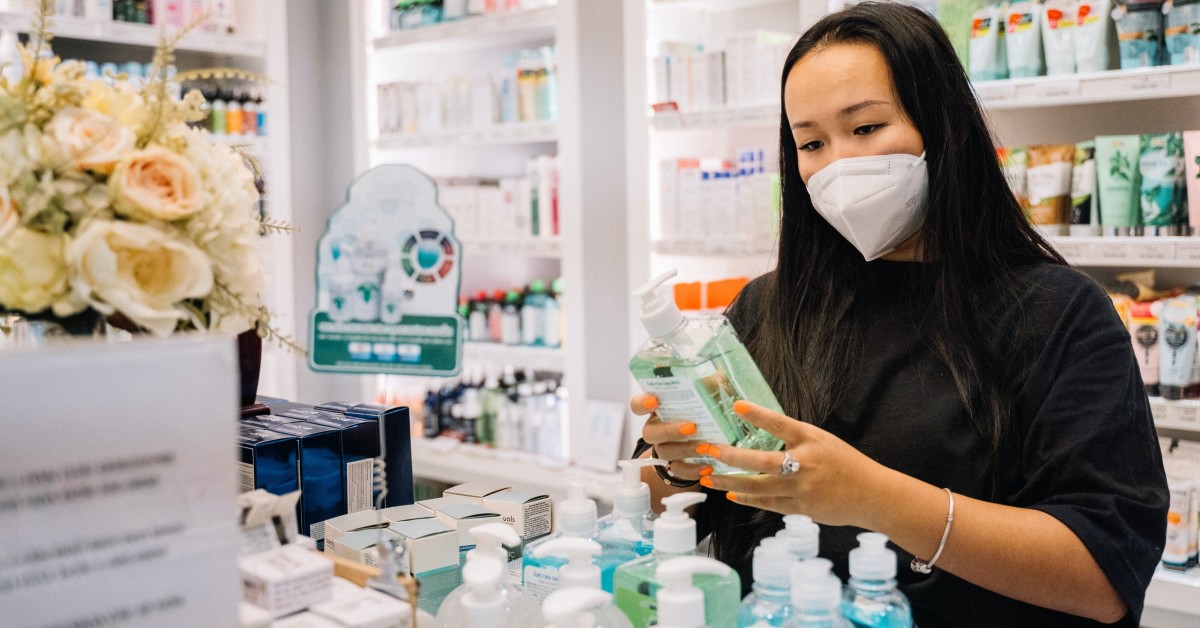
Pharmacy is not only a science; it's also a business. [...]
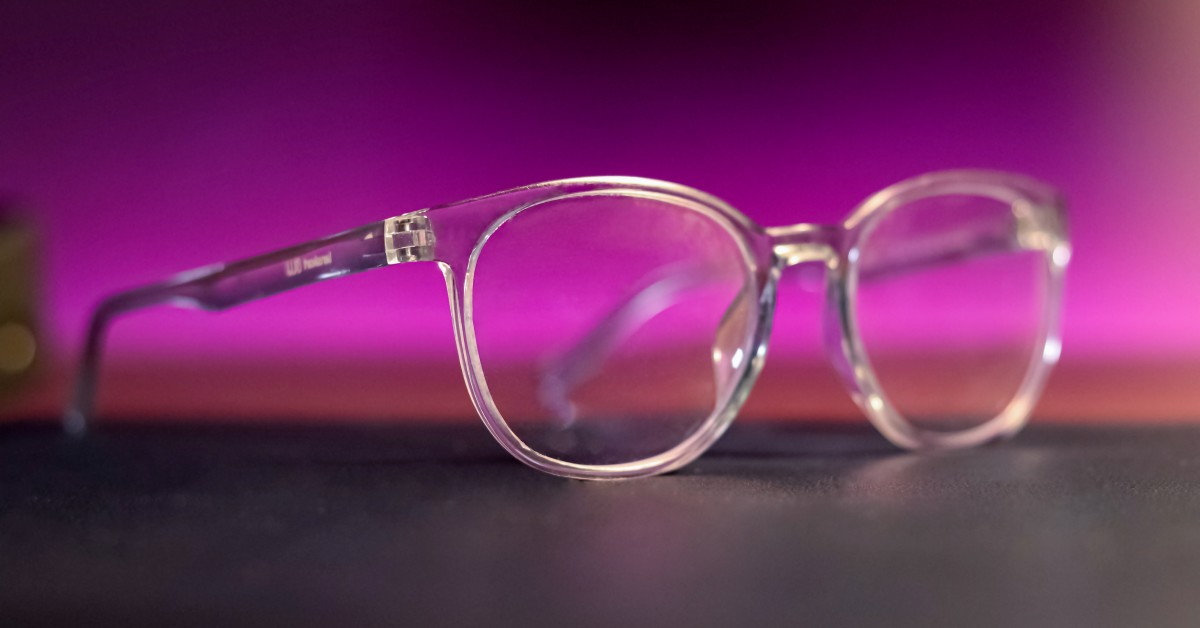
Admission to the US' 23 accredited Doctor of Optometry programs [...]
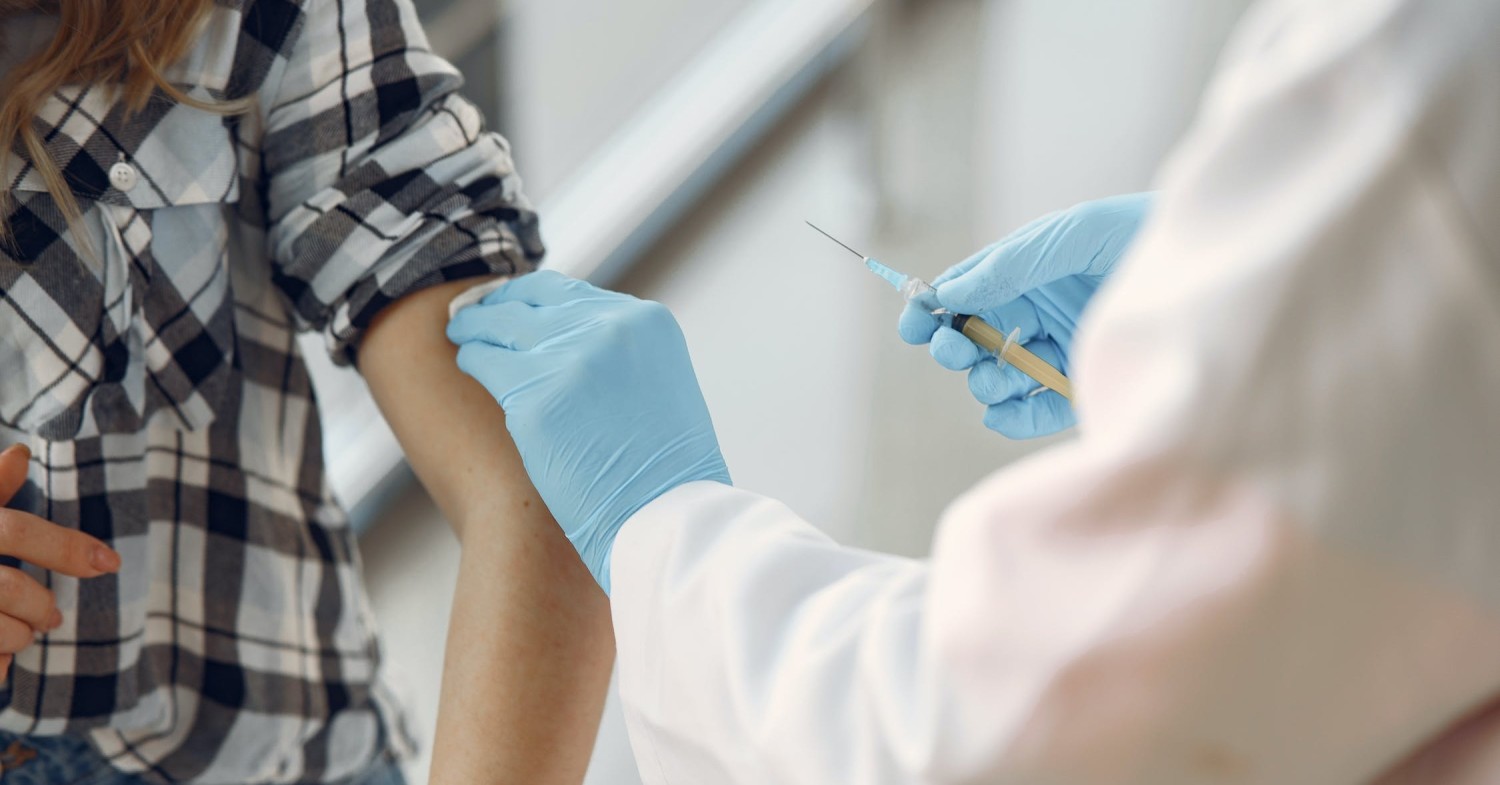
The highest paying pharmacists jobs are in-store pharmacist (average salary: [...]
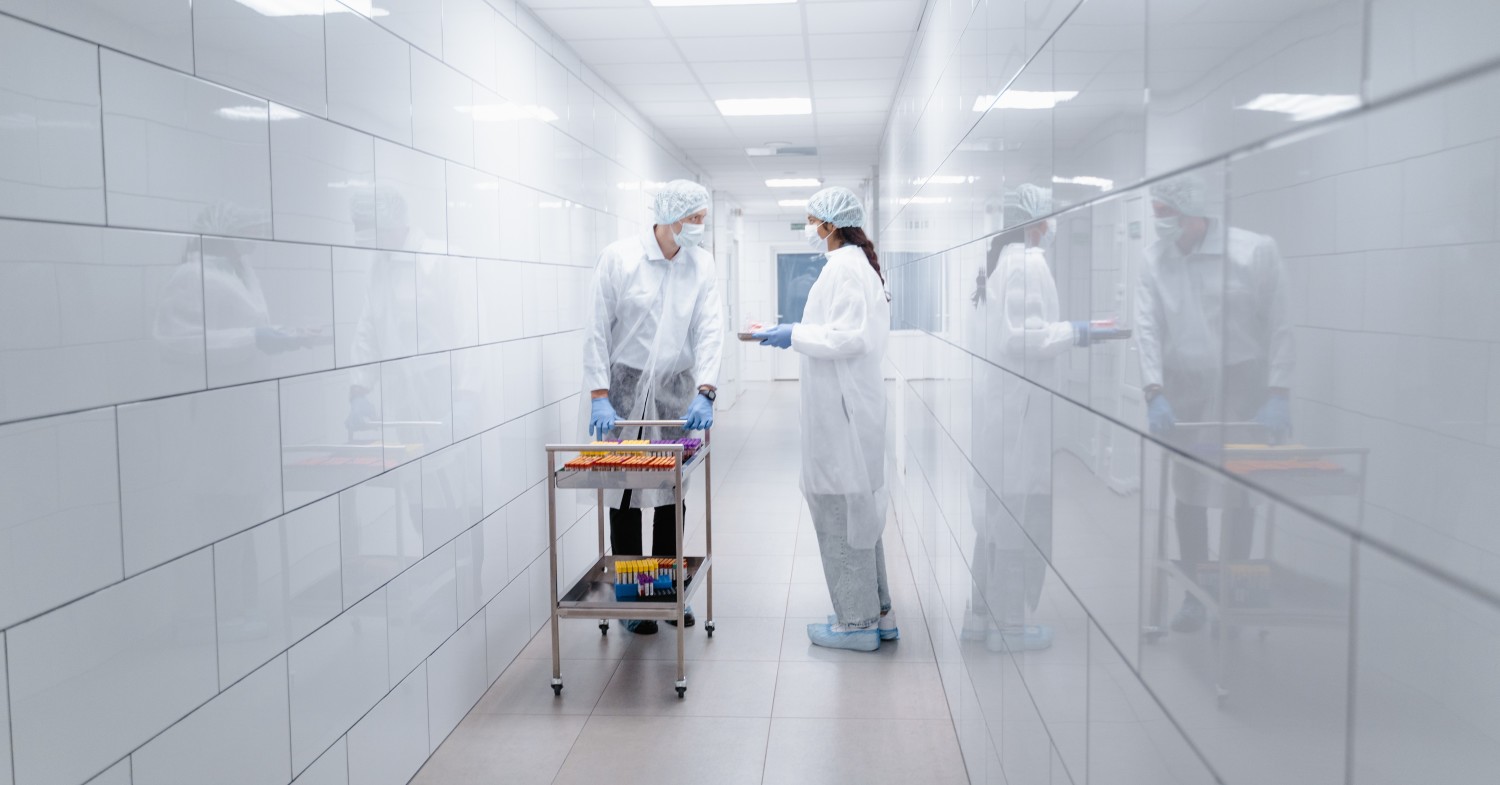
In inpatient healthcare settings, hospital pharmacists help provide quality patient [...]
Categorized as: Medicine, Nursing & Healthcare